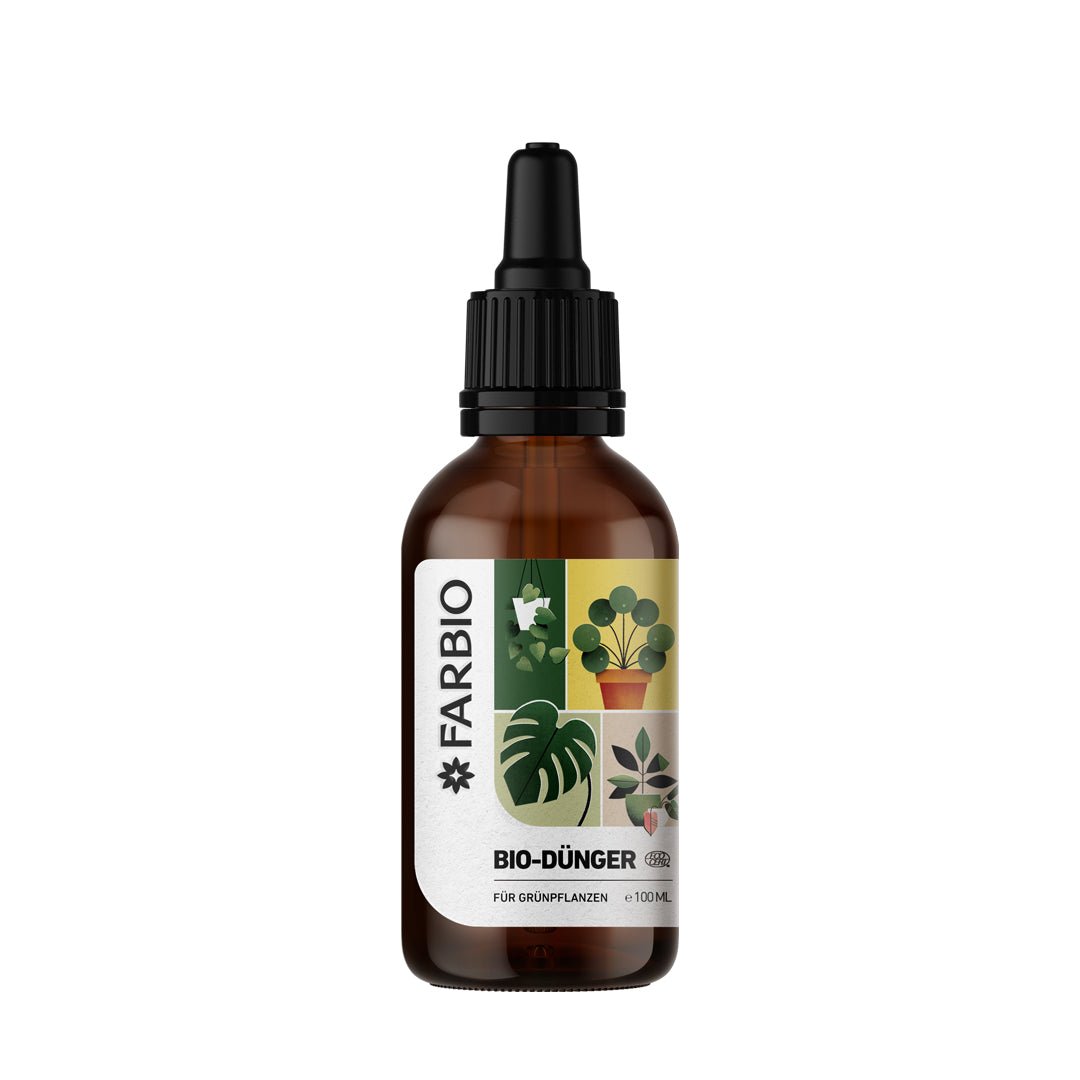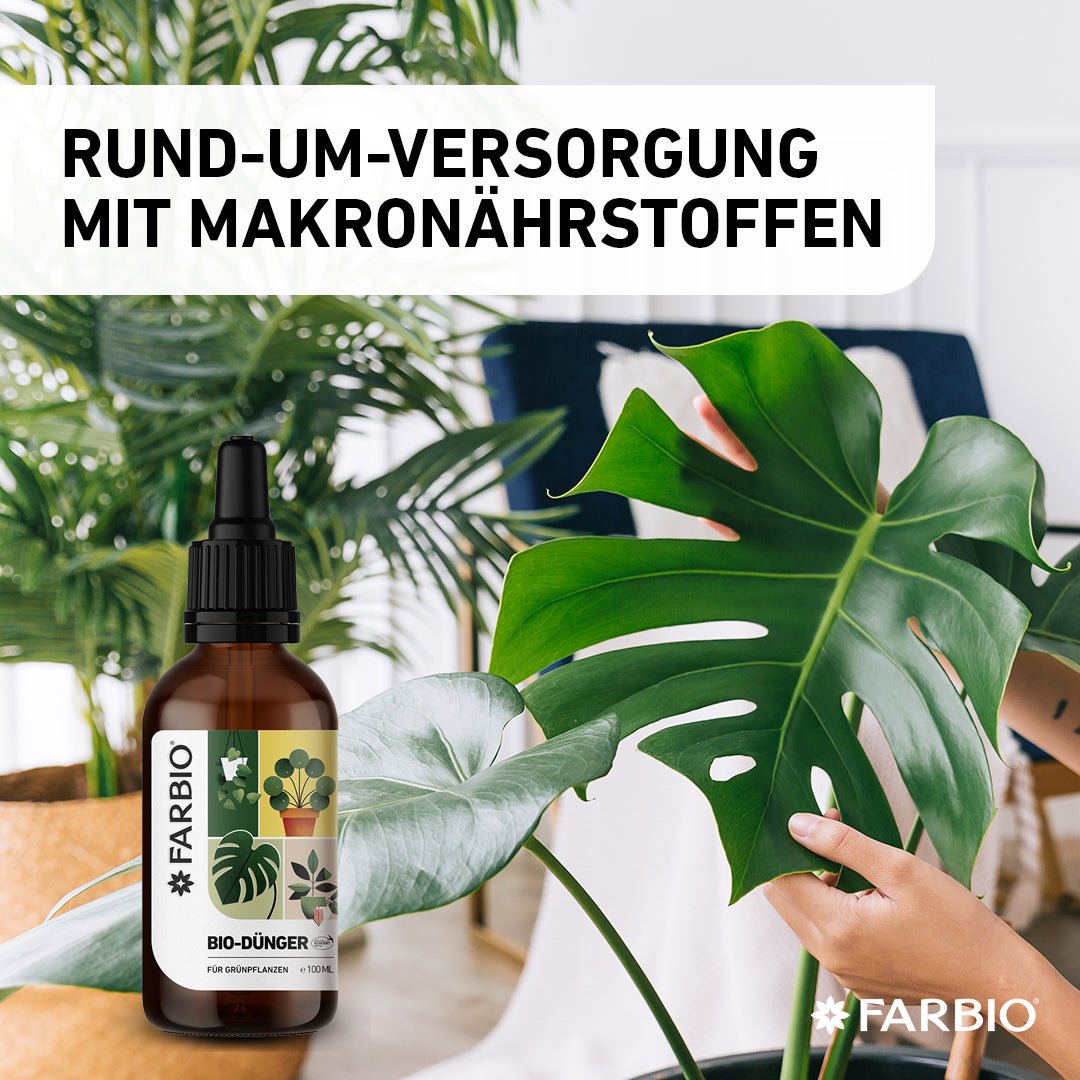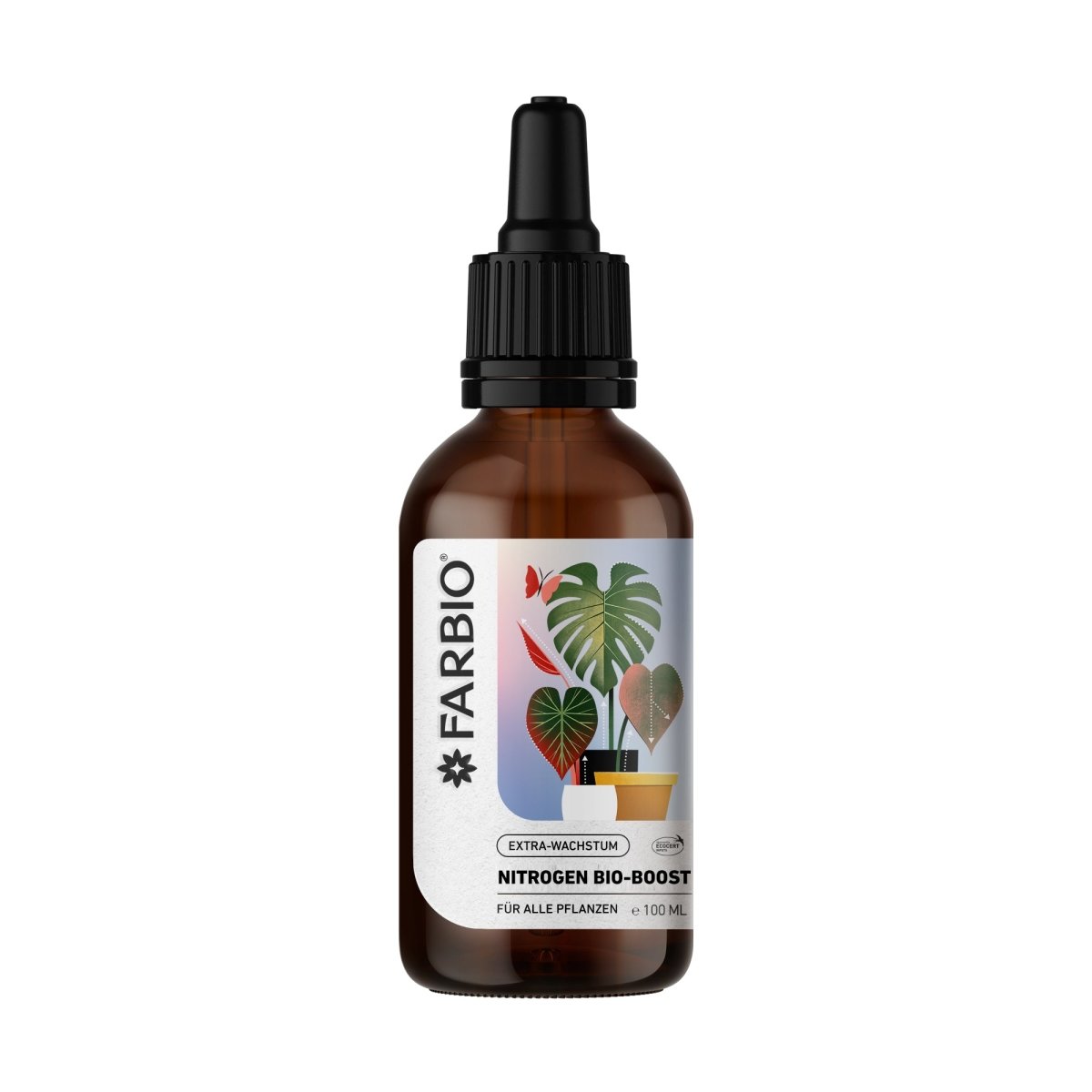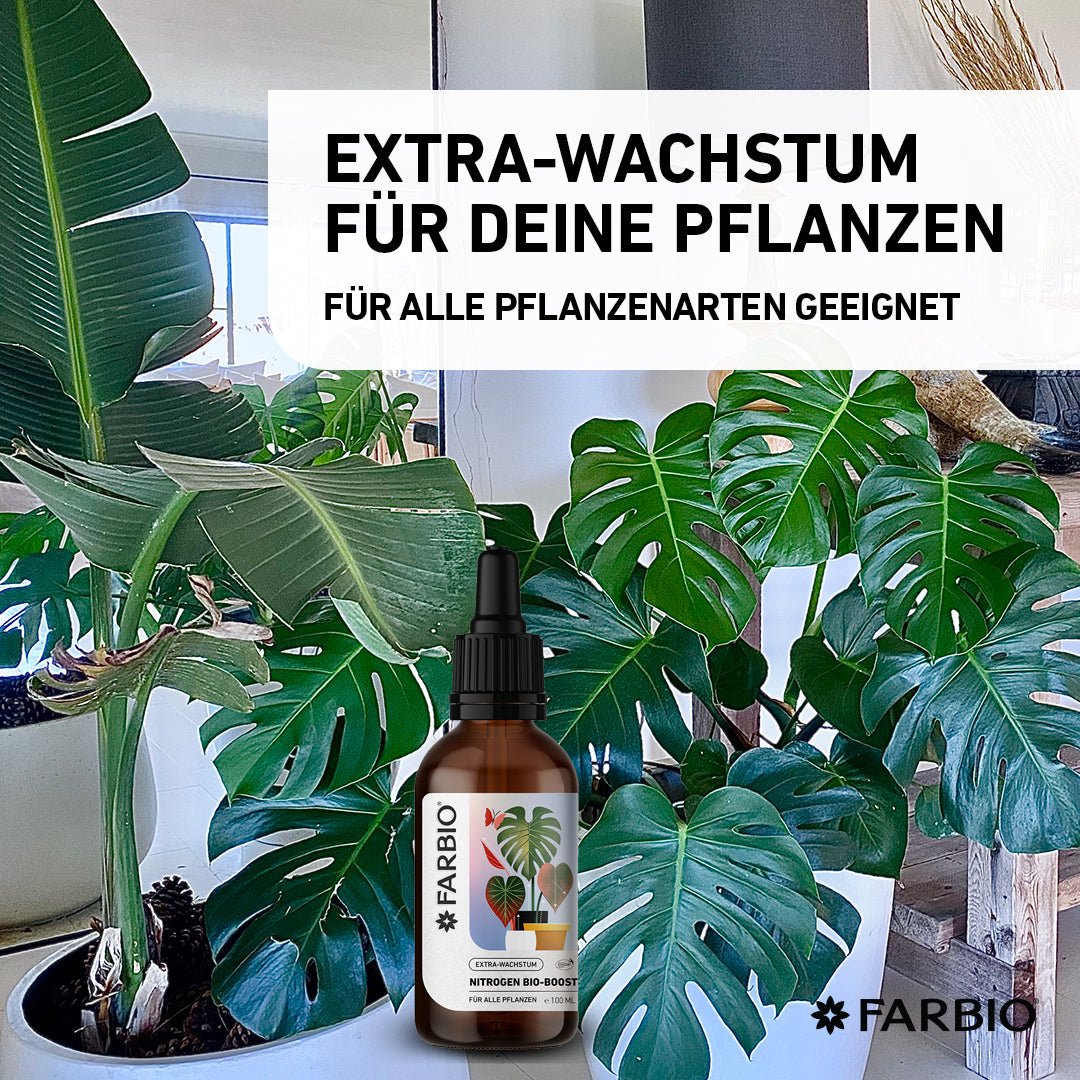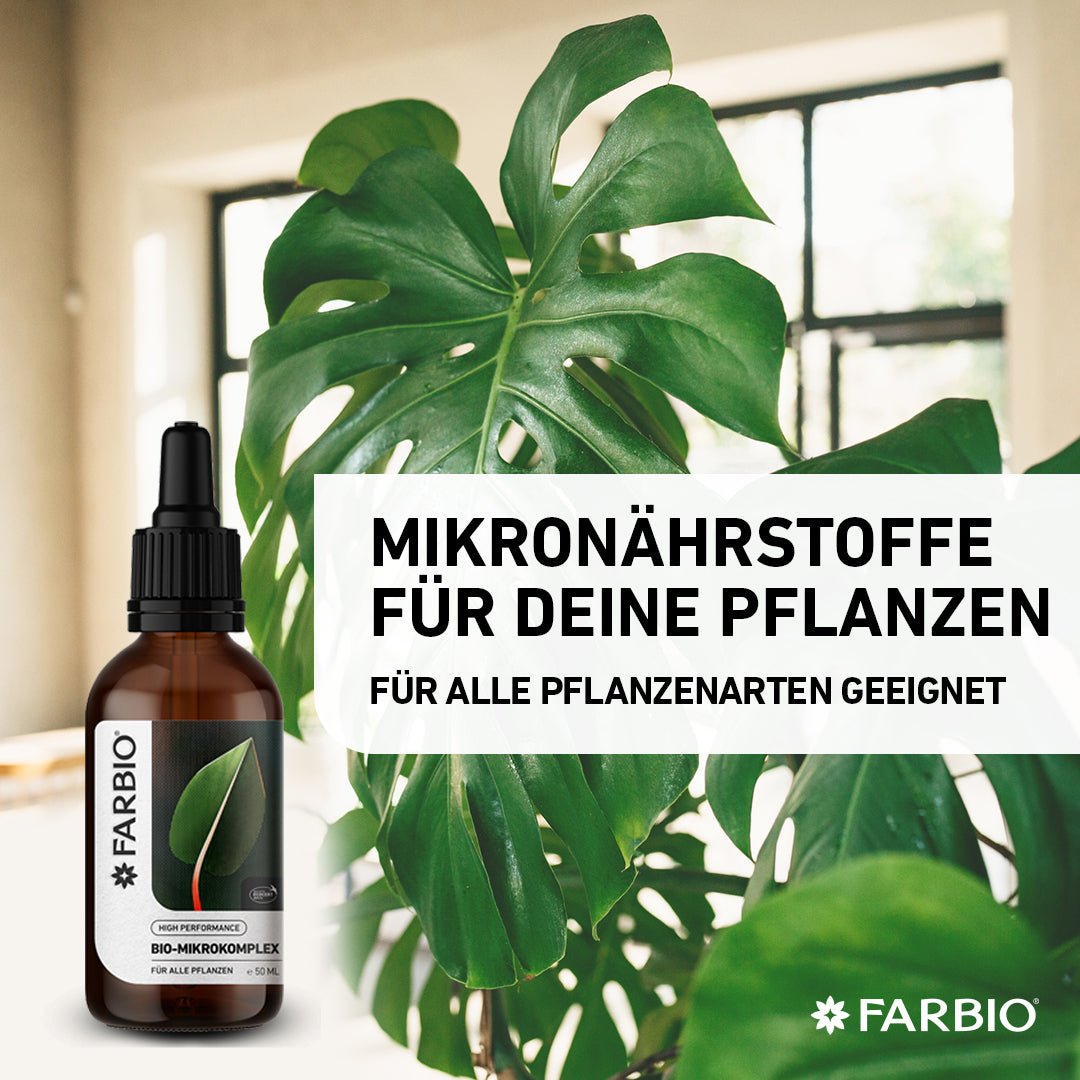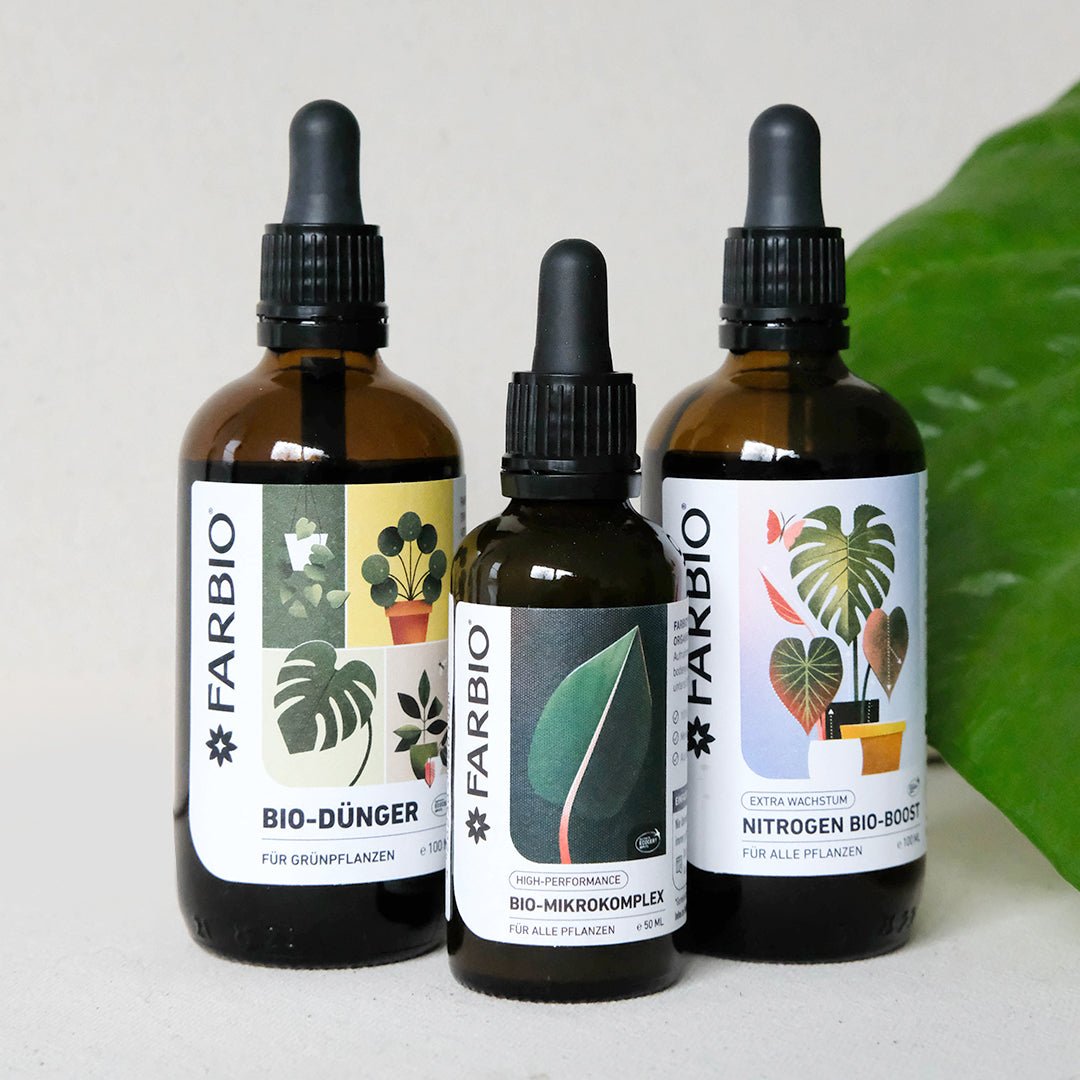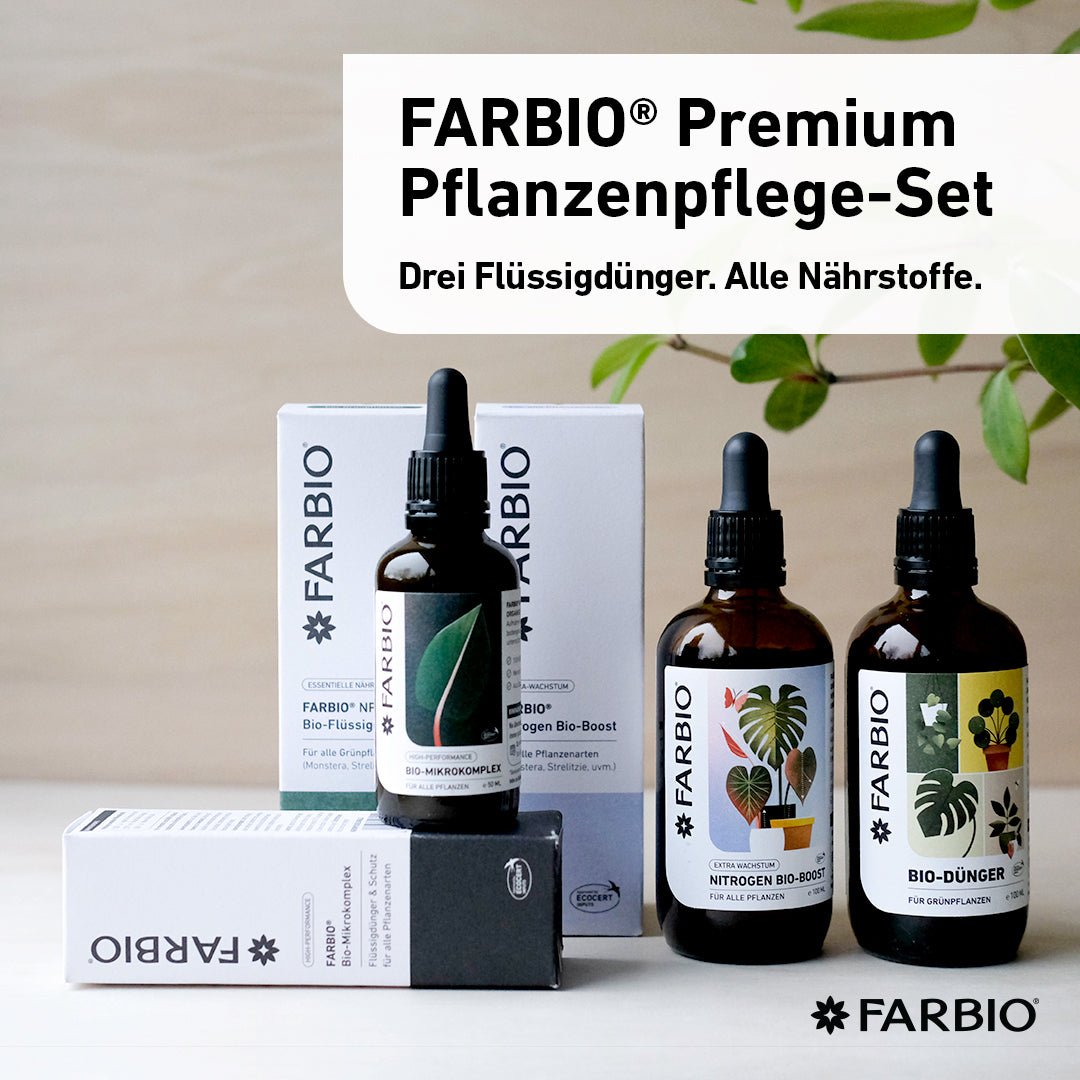Anthuriums are currently very trendy. But they are not among the easy-care and beginner-friendly plants. In this care guide you will find out what you need to pay attention to when caring for them so that they grow well for you.
Origin and species diversity
They come from the tropical rainforests of Central and South America. The genus Anthurium is the most species-rich genus within the Araceae family. The genus includes an estimated 1,000 different species. The best-known species are the greater flamingo flower (Anthurium andreanum) and the lesser flamingo flower (Anthurium scherzerianum) and the hybrids bred from them. These have heart-shaped, shiny green leaves and have a red, white or pink bract on their flowers. The species are known for their beautiful leaves. The queen of the anthuriums is the Anthurium warocqueanum , this species has long, narrow, velvety dark green leaves with light veins. The Anthurium regale is also becoming more and more popular with its heart-shaped, dark green, velvety leaves and light veining. The care requirements are similar for most anthuriums.
Location
The best location is near a window where it gets plenty of light, but not direct light. A lux value between 500-1000 is recommended. You can find a suitable location with the help of a light meter app. Of course, these are not necessarily exact, but you will then know roughly what the value is. If there is no suitable window in your apartment, you can also place your anthurium under a plant lamp. If your plant doesn't get enough light, the leaves become darker because more chlorophyll (leaf pigment for energy production) is produced. If this is what you want, you must note that your plant will then have a stronger color, but will also grow significantly slower. If your anthurium gets too much light and is in direct sun, its leaves can burn. The temperature at your location should never go below 18 degrees and not above 27 degrees.
Water
Especially when watering you notice that this is not a beginner-friendly plant. The irrigation water must be filtered because the cold portion of the water has a pH value that is too high. In addition, the water must not be too cold or hot, otherwise the roots will suffer shock or burn. Anthuriums do not tolerate drought. The soil should always be kept moist, but not too wet. If waterlogging occurs, the roots begin to rot. After watering, the water must also be removed from the saucer!
humidity
The tropical plant requires high humidity of around 70%. You can only achieve this value with a humidifier or in an indoor greenhouse. The option of regular spraying also works.
The FARBIO® glass spray bottle is particularly suitable for spraying the leaves of your anthurium with water to ensure high humidity.
Another option is to put your plant in the bathroom if it gets enough light there. If you have your anthurium in the greenhouse, you have to make sure there is good air circulation in this high humidity. Otherwise, mold can quickly form.
Terracotta or plastic?
The right choice of pot also plays an important role for anthuriums, because the thick roots can breathe well in terracotta pots. The only problem is that the roots suck onto the walls of the pot and you usually have to break the pot when it comes to repotting. Plastic pots retain moisture better. However, not much air gets to the roots and they cannot breathe properly. One of our recommendations is net pots. These are open on the sides and the plant can breathe. Net pots are actually intended for pond plants. You can get them at most hardware stores or online.
Anthurium is not growing properly
Always remember that the genre is very special. If your anthurium isn't growing, don't lose your head. Probably one of the site conditions is not suitable. Check whether the lighting conditions, temperature, humidity and your watering behavior are right. It is also recommended to fertilize your anthurium every two weeks. Adequate nutrient supply is important. The formation of lush green leaves and magnificent flowers is supported with our FARBIO® organic fertilizer for green plants .
If all of this goes well and it still doesn't grow, you should check whether it has a pest infestation. Aphids and thrushes in particular can quickly be overlooked.



